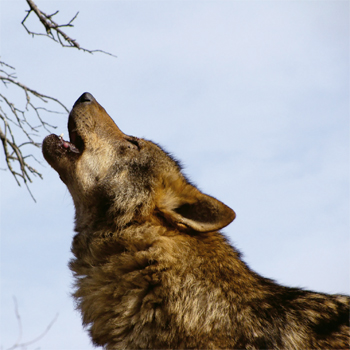
Bienvenidos
Bienvenidos al sitio web de la Estación Biológica de Doñana., Instituto perteneciente al Consejo Superior de Investigaciones Científicas....

La Estación Biológica de Doñana: EBD-CSIC
La Estación Biológica de Doñana es un Instituto Público de Investigación perteneciente al Consejo Superior de Investigaciones Científicas, CSIC, dentro del área de Recursos Naturales...

Misión
Nuestra misión es llevar a cabo una investigación multidisciplinar al más alto nivel y dirigida a la comprensión desde el punto de vista evolutivo de cómo se genera la biodiversidad...

Cómo lo hacemos
Aplicamos múltiples técnicas dentro de un contexto multidisciplinar, desde la genética molecular al seguimiento remoto, la creación de modelos y el análisis isotópico...

Seguimiento de procesos naturales y biodiversidad
Los seguimientos de fauna en el Espacio Natural Doñana abarcan un amplio abanico de comunidades y especies, tanto en lo referente a grupos de organismos acuáticos como terrestres...

Objetivos
Entre nuestros objetivos se incluyen el estudio de los procesos ecológicos y evolutivos mediante la combinación de trabajo de campo, modelos matemáticos, análisis genéticos y estadísticos...
 Destacados
Destacados
-
 La Fundación Jaime González-Gordon ofrece cuatro becas para el desarrollo de Trabajos de Fin de Máster sobre Doñana
La Fundación Jaime González-Gordon ofrece cuatro becas para el desarrollo de Trabajos de Fin de Máster sobre Doñana -
 Cinco contratos para desarrollar la tesis doctoral en la Estación Biológica de Doñana - CSIC
Cinco contratos para desarrollar la tesis doctoral en la Estación Biológica de Doñana - CSIC -
 Actividades de la Estación Biológica de Doñana en la Noche Europea de los Investigadores
Actividades de la Estación Biológica de Doñana en la Noche Europea de los Investigadores -
 La ICTS-RBD se prepara para la 30ª Campaña de Anillamiento de Paseriformes Migratorios en Doñana
La ICTS-RBD se prepara para la 30ª Campaña de Anillamiento de Paseriformes Migratorios en Doñana -
 Inicio procedimiento nueva dirección EBD-CSIC
Inicio procedimiento nueva dirección EBD-CSIC
 Noticias
Noticias
Wolf population genetics in Europe: a systematic review, meta-analysis and suggestions for conservation and management
The grey wolf (Canis lupus) is an iconic large carnivore that has increasingly been recognized as an apex predator with intrinsic value and a keystone species. However, wolves have also long represented a primary source of human–carnivore conflict, which has led to long-term persecution of wolves, resulting in a significant decrease in their numbers, genetic diversity and gene flow between populations. For more effective protection and management of wolf populations in Europe, robust scientific evidence is crucial. This review serves as an analytical summary of the main findings from wolf population genetic studies in Europe, covering major studies from the ‘pre-genomic era' and the first insights of the ‘genomics era'. Findings derived from analyses of three compartments of the mammalian genome with different inheritance modes are analysed, summarized and discussed. To describe large-scale trends and patterns of genetic variation in European wolf populations, authors conducted a meta-analysis based on the results of previous microsatellite studies and also included new data, covering all 19 European countries for which wolf genetic information is available. Different indices of genetic diversity in wolf populations were compared and found a significant spatial trend in heterozygosity across Europe from south-west (lowest genetic diversity) to north-east (highest). The range of spatial autocorrelation calculated on the basis of three characteristics of genetic diversity was 650?850 km, suggesting that the genetic diversity of a given wolf population can be influenced by populations up to 850 km away. As an important outcome of this synthesis, the most pressing issues threatening wolf populations in Europe are discussed, important gaps in current knowledge highlighted, solutions to overcome these limitations suggested, and recommendations for science-based wolf conservation and management at regional and Europe-wide scales are provided. informacion[at]ebd.csic.es: Hindrikson et al (2016) Wolf population genetics in Europe: a systematic review, meta-analysis and suggestions for conservation and management. Biol Rev doi: 10.1111/brv.12298
http://onlinelibrary.wiley.com/doi/10.1111/brv.12298/abstract;jsessionid=253D80DCC1F9422D8BA60477025D1F55.f03t04- Laboratorio de Ecología Molecular
- Laboratorio SIG y Teledetección (LAST)
- Laboratorio de Ecología Química
- Laboratorio de Ecología Acuática
- Laboratorio de Ecofisiología
- Laboratorio de Isótopos Estables
- Unidad de Experimentación Animal
- Visita virtual
- Unidad de Seguimiento
- Laboratorio de Camaras climaticas

